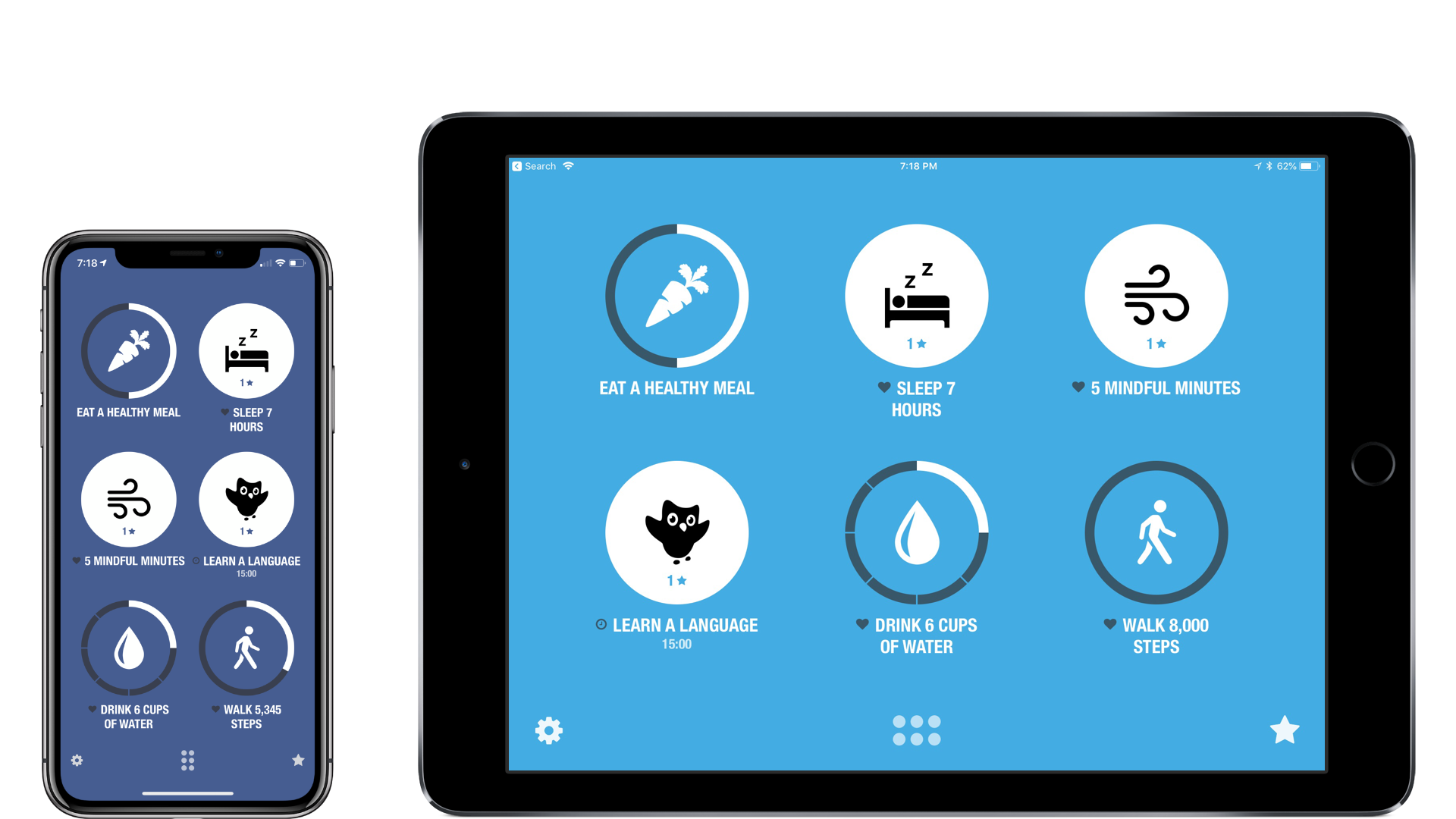Over the last year it’s become far too common to hear about a popular app dropping support for the Apple Watch – fortunately, today the opposite is happening: Nike Training Club has added an Apple Watch app for the first time.
Nike Training Club is a workout app containing over 180 different training sessions to choose from. The app offers guided instructions to help you complete your workout, along with activity data to see your exercise track record. It’s a really solid, well designed app that gives you the tools needed to hit your workout goals.
The new Apple Watch app for Nike Training Club is merely a companion to the iOS app. You can’t start workouts directly from the Watch, so despite the Series 3 model’s cellular capabilities, you’ll need to have your phone nearby at all times.
Despite its limitations, the Watch app can still be very useful during workouts. During a yoga session, for example, the Watch will show you which pose to take with a countdown for how long to hold it; you’ll also see your heart rate and calories burned. Swipe over in the app to see the total length of your workout and an option to pause or end the session.
If you’re a heavy Nike Training Club user, the new Watch app provides a much more convenient way to keep track of your workout’s progress. I really hope some day the app becomes completely independent of the iPhone, but this is a nice first step.
Nike Training Club is available on the App Store.










